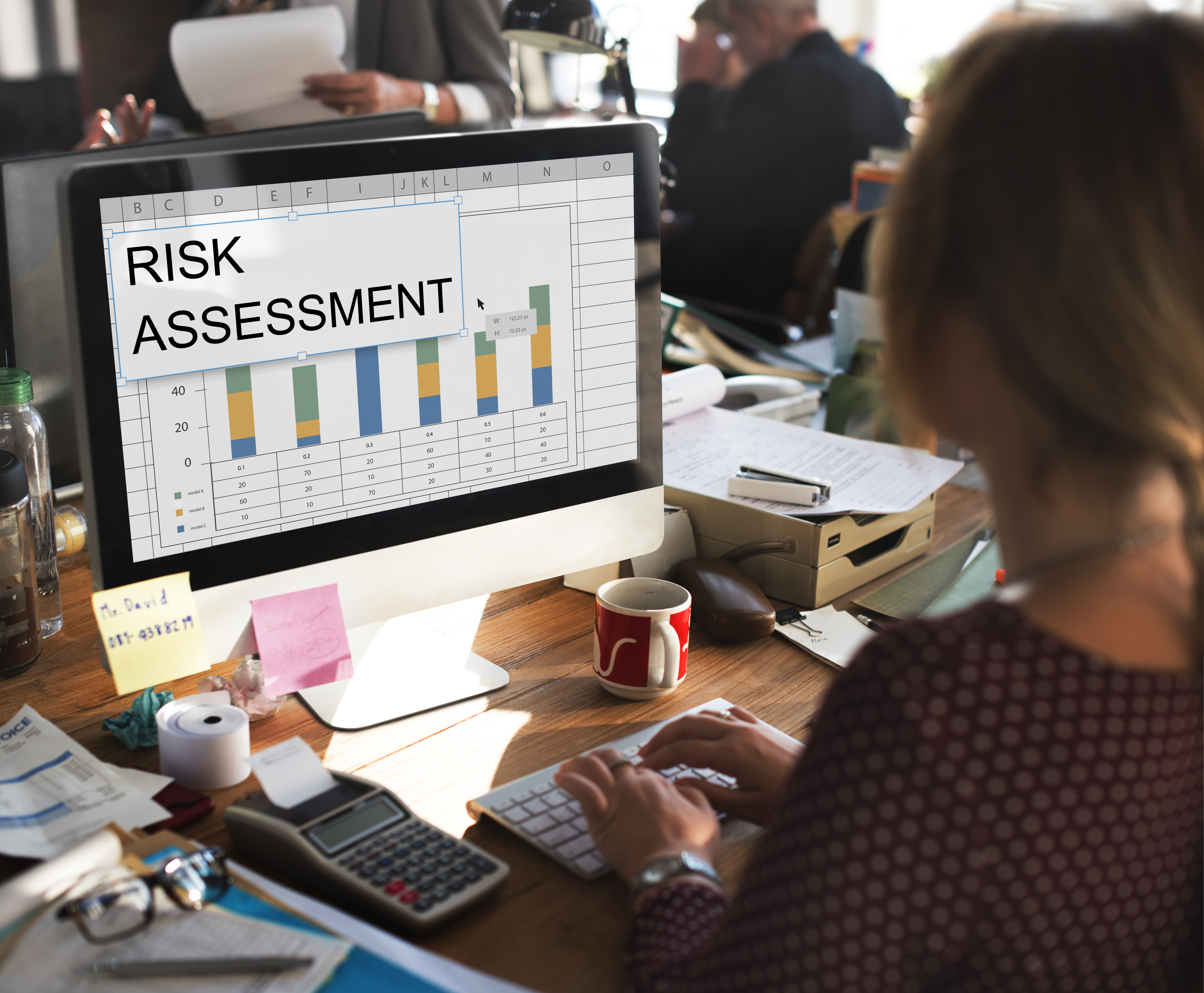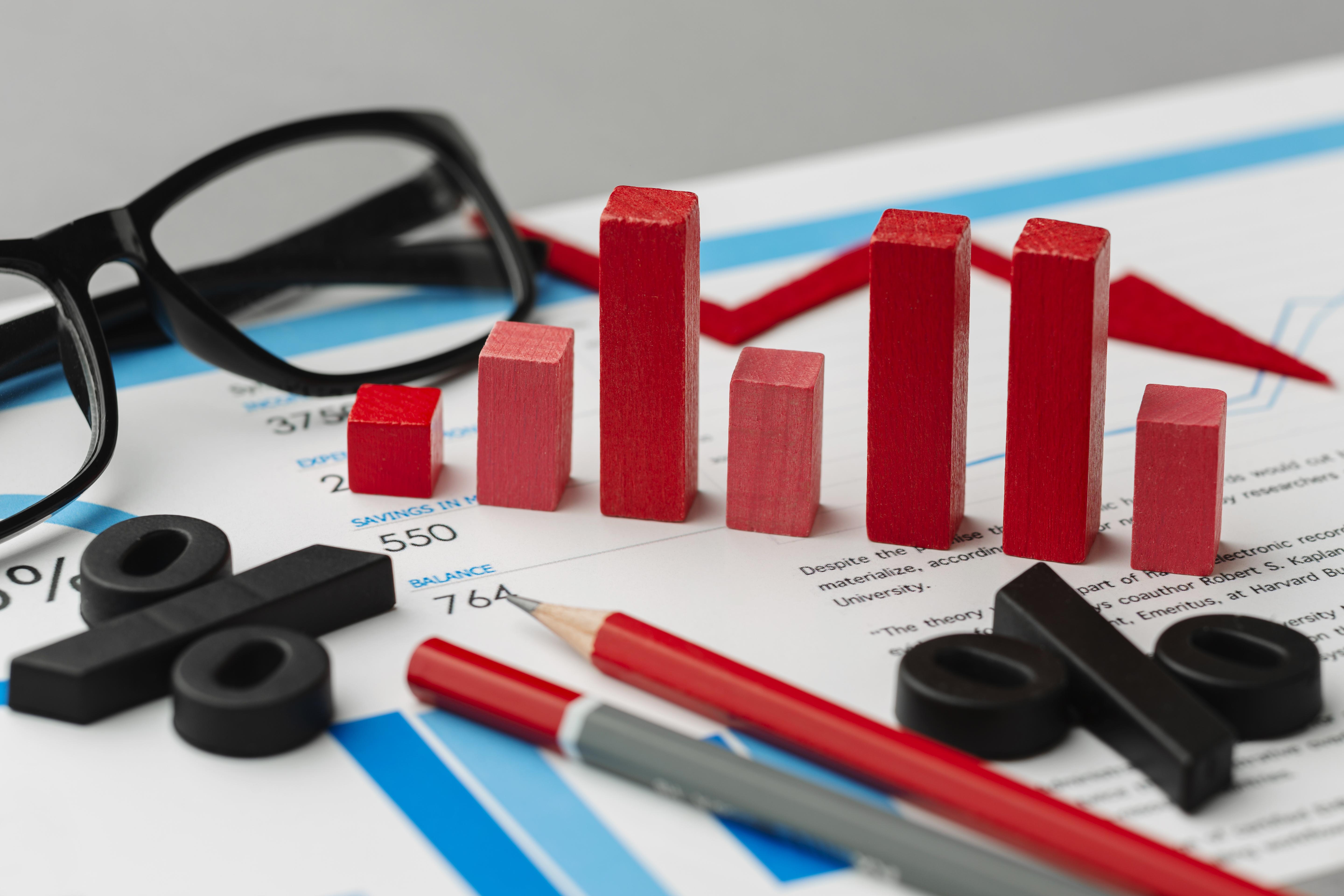In today’s ever-changing business landscape, the ability to navigate and mitigate risks along the supply chain is crucial for ensuring operational resilience and continuity. Join us as we explore the strategies, tools, and best practices that empower businesses to proactively identify, assess, and address potential disruptions. From supplier dependencies to natural disasters, we’ll equip you with actionable insights to strengthen your supply chain and safeguard your business against unforeseen challenges.
Unlocking the key to effective supply chain risk management requires a structured and comprehensive approach. In our blog, we delve into the world of risk assessment and mitigation, guiding organizations on a path towards resilience and agility.
Known risks: Known risks are tangible, quantifiable threats that can be identified, measured, and managed over time. For example, a supplier bankruptcy causing supply disruptions falls under this category. By evaluating the supplier’s financial history and assessing potential impacts, organizations can estimate the likelihood and consequences of such risks. Furthermore, advancements in technology enable the quantification of emerging risks, such as cybersecurity vulnerabilities within the supply chain, through outside-in analysis of IT systems.
Investing time and effort into a cross-functional team is crucial for cataloging a comprehensive range of risks. This team will construct a robust risk management framework, identifying relevant metrics to measure risks and defining benchmarks for each metric. Rigorous tracking and monitoring mechanisms will ensure proactive risk mitigation. Gray areas, where risks are elusive or hard to define.
Unknown risks: By nature, unknown risks are difficult, if not impossible to foresee. Whether it’s the unexpected eruption of a dormant volcano disrupting an unknown supplier or the exploitation of a deeply embedded cybersecurity vulnerability in critical electronic components, predicting such scenarios is a formidable challenge. However, organizations can strengthen their competitive advantage by focusing on reducing the probability of unknown risks and enhancing their response capabilities when they do occur. Building resilient layers of defense and fostering a risk-aware culture within the organization becomes paramount in sustaining a competitive edge.
Managing known risk
In order to proficiently manage their known-risk portfolio, organizations can employ a combination of structured problem-solving and digital tools. This comprehensive approach encompasses four essential steps:
Step 1: Recognition and Documentation of Risks
A conventional method for risk identification involves mapping and evaluating the value chains associated with key products. Each crucial node within the supply chain, including suppliers, plants, warehouses, and transport routes, undergoes a detailed assessment (as depicted in Exhibit 1). Risks are meticulously recorded in a risk register and continuously monitored. Additionally, any areas within the supply chain lacking sufficient data and requiring further investigation are duly documented at this stage.
Step 2: Establishing a Robust Supply Chain Risk Management Framework
To construct an integrated risk management framework, each risk listed in the register should be assessed based on three key dimensions: the potential impact on the organization if the risk materializes, the likelihood of the risk occurring, and the organization’s readiness to handle that specific risk.
Designing and implementing a consistent scoring methodology is critical to assess all risks uniformly. This enables the prioritization and aggregation of threats, facilitating the identification of high-risk products and value-chain nodes with the greatest vulnerability.
Step 3: Continuous Risk Monitoring
Once a solid risk management framework is in place, ongoing monitoring becomes a crucial success factor in identifying potential risks that could harm the organization. Thanks to the advent of digital tools, even the most complex supply chains can now benefit from the identification and tracking of leading risk indicators. For instance, a large organization operating in a regulated industry devised 25 leading indicators of quality issues at its plants and contract manufacturers. These indicators encompassed various factors, from structural drivers such as geographical location and years of operation, to operational performance metrics like “right first time” and deviation cycle times. Each indicator was meticulously weighted to develop a quality risk-exposure score, which was then tracked on a regular cadence.
Effective monitoring systems are tailored to the specific needs of the organization, considering perspectives of impact, likelihood, and preparedness. Establishing an early warning system to track top risks is crucial to maximizing the chances of mitigating or, at the very least, minimizing the impact when these risks materialize.
Step 4: Institute Governance and Regular Review
Establishing a robust governance mechanism is essential for ongoing supply-chain risk management. A cross-functional risk board, representing each node of the value chain, should be formed. Line managers who double-hat as risk owners for their respective functions should participate in the board, taking ownership of risk identification and mitigation. Periodic board meetings should be held to review top risks, define mitigation actions, and ensure their execution. The board may also recommend strategies to improve supply-chain agility and resilience.
Mitigating Unknown Risks
Building strong defenses and fostering a risk-aware culture
Organizations can establish strong defenses to identify and address unknown risks before they impact operations. These defenses can take various forms, such as robust request-for-proposal (RFP) language and comprehensive worker training. By implementing layers of defense, organizations create a resilient barrier against unknown risks. Exhibit 2 illustrates the typical layers of defense employed by organizations to manage such risks.
Developing a culture of risk awareness:
A risk-aware culture is essential for establishing and maintaining strong defensive measures against unknown risks, as well as facilitating swift responses when such risks emerge. Several key elements contribute to building a risk-aware culture:
1. Acknowledgement: Management and employees should feel empowered to communicate bad news and share lessons from mistakes. Creating an environment where issues can be openly voiced and addressed fosters a culture of transparency and problem-solving. It is crucial that the organization does not discourage or blame individuals when a risk event occurs, but instead works collaboratively towards a rapid resolution.
2. Transparency: Leaders must clearly define and communicate the organization’s risk tolerance. It is important to align on which risks should be mitigated and which risks can be accepted by the organization. Additionally, the organizational culture should encourage the open sharing of warning signs for both internal and external risks.
3. Responsiveness: Employees should be empowered to recognize and respond quickly to external changes. This can be achieved by fostering an ownership environment where individuals feel responsible for the outcomes of their actions and decisions.
4. Respect: Employees’ risk appetites should align with the organization’s goals to ensure that actions or decisions do not prioritize personal gains at the expense of the broader organization.
Global supply chains and the associated risks brought about by globalization are here to stay. Therefore, it is crucial for organizations to develop robust programs for managing both known and unknown supply chain risks. Leaders should recognize that effective risk management involves not only establishing processes and governance models but also fostering cultural shifts and adopting the right mindsets. By implementing these approaches, organizations can minimize supply chain disruptions and crises while maximizing the value derived from their supply chain strategies.






